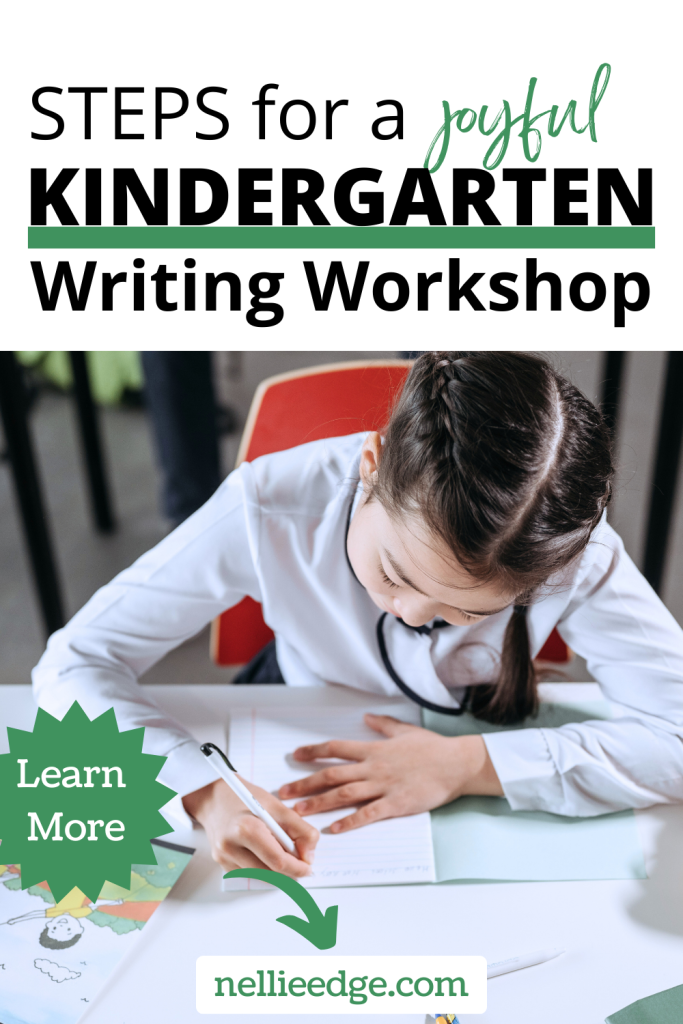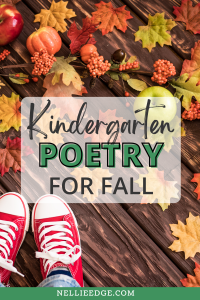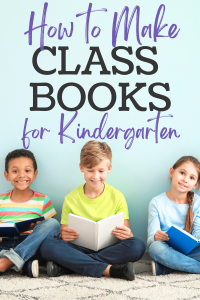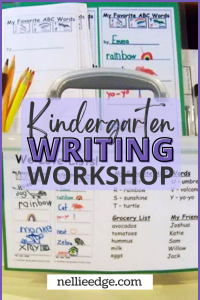Honestly, how do kindergarten teachers create a culture of writers is a tough question to answer! Building a culture of writers is a lot of work. However, it is essential work! Students will write their entire lives, and it is important they enjoy it. Luckily, using a daily “Heart Word” sentence in the form of quick writes is the perfect strategy to use! Students will develop good handwriting while creating a culture of writing in kindergarten.

It’s the first month of school, and kindergarten children are learning the joys of writing for real-world purposes. They are learning to write their first high-frequency “heart word” sentence: “I love you.” With practice, this becomes the first circle of writing mastery.
Daily “quick writes” of “heart word” sentences is the highest-impact strategy I can give teachers. It is how we increase “word power per minute” (a.k.a. writing fluency and stamina)! In turn, this frees the brain’s working memory so it can do the vital work of building phonics skills. For example, the brain can progress to encoding sounds to print for new words. Students will love building their heart word sentences with this model!
Gradual Release of Responsibility Model
Students learn pink “heart words” using the Sing, Sing, Spell, and Read! strategies simultaneously taught with handwriting. In the photo, Katie Nelson teaches kindergartners to write a whole sentence using a gradual release of responsibility model. Notice sky writing and use of white/erase boards.
“I love you” is a powerful anchor sentence for practicing efficient handwriting while nurturing social emotional skills.

We give children “I love you” writing models, including a crystal-clear example of what good handwriting looks like. Multisensory ABC and Phonic Immersion, Kindergarten-Friendly Handwriting lessons, and “heart word” sentences dramatically increase writing fluency and stamina. We make learning to write a meaningful, social, and emotional experience. We invite children to take home and hide “secret messages.” Honestly, parents love seeing this work come home!

We ask children to pause, think, and talk to their writing partner.
Students may ask: “Who says, I love you to you?” Or, “To whom do you say, I love you?” Finally, they brainstorm where they could hide secret “I love you” messages. This is amazing conversation to listen to!

I’ll get up after my sister is asleep and put one in her room.
Kindergarten-Friendly Handwriting
When asking how do kindergarten teachers create a culture of writers, practice in a meaningful context is key! It has to be part of any comprehensive writing program. Engaged writers are focused, have good pencil grip, and have proper letter formation. As students become writers, they are eager to keep practicing. Many times, they don’t even want to stop and go out for recess! Instead, they want to write about something they care deeply about.
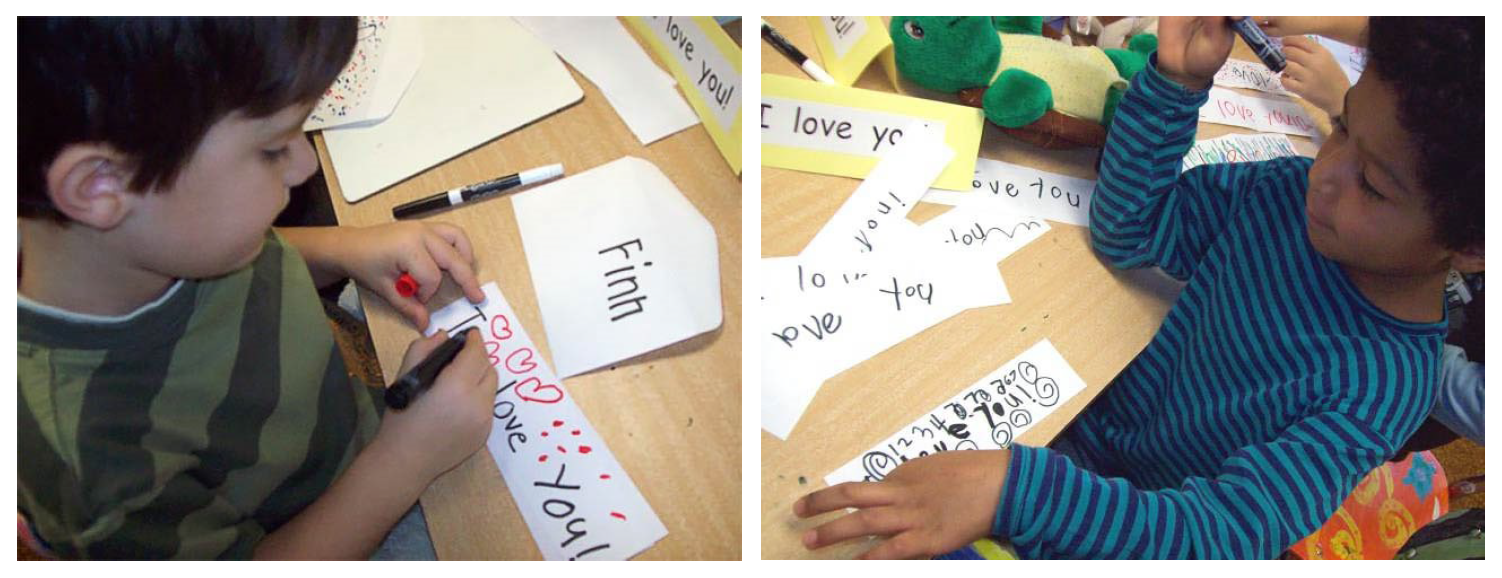
Younger children—especially boys—come to kindergarten with a wide range of fine motor development. Teachers provide multisensory experiences and individually coach children on efficient motions for letters within the context of real words. They have high expectations and give all children the scaffolding needed to build on success.
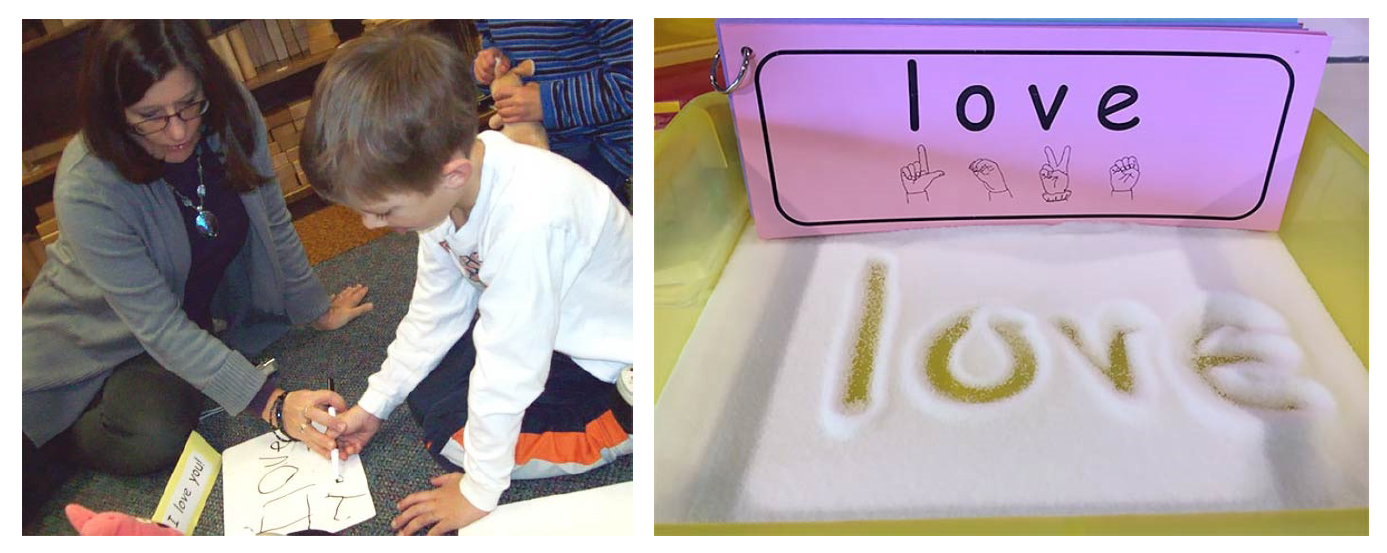
Kindergarten Literacy
Kindergartners join the “book lovers club!” They read and reread favorite engaging books all year long. Notice all the opportunities to read “I love you” in well-loved children’s literature.
Kindergarten literacy requires two kinds of books:
- “Read all the words” phonics books
- “Read in other ways” phonics books
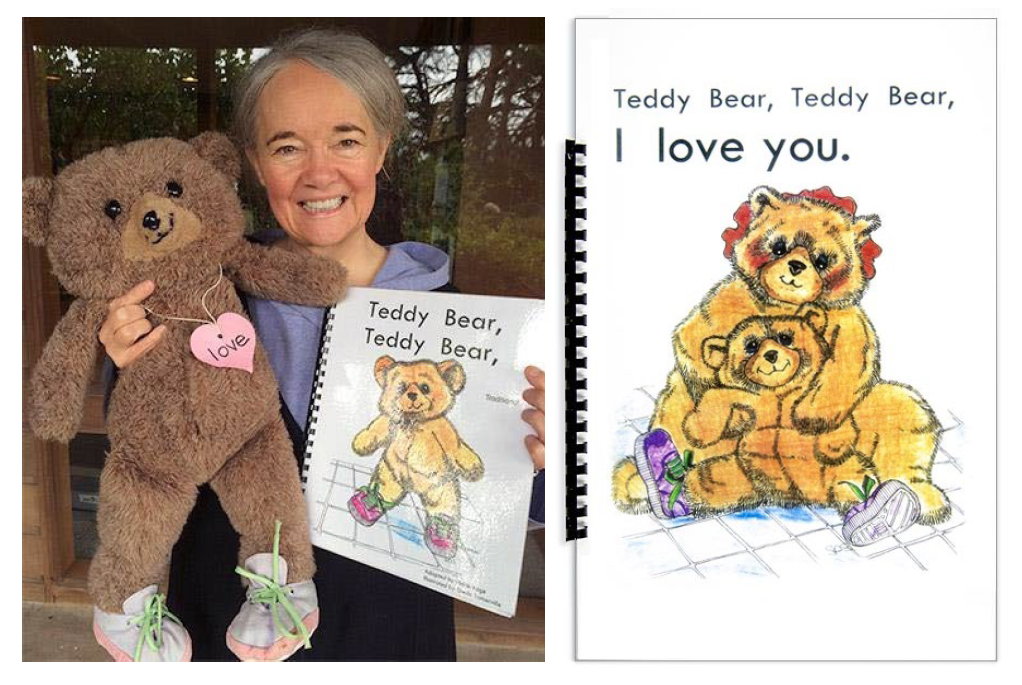
The books featured below are “read-in-other-ways” books. These books are designed to build oral language fluency, train the eyes left to right, and reinforce concepts of print. Additionally, they nurture a love of reading and encourage family literacy.
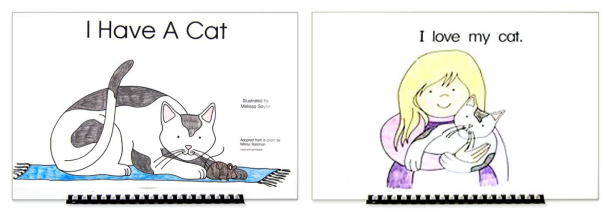

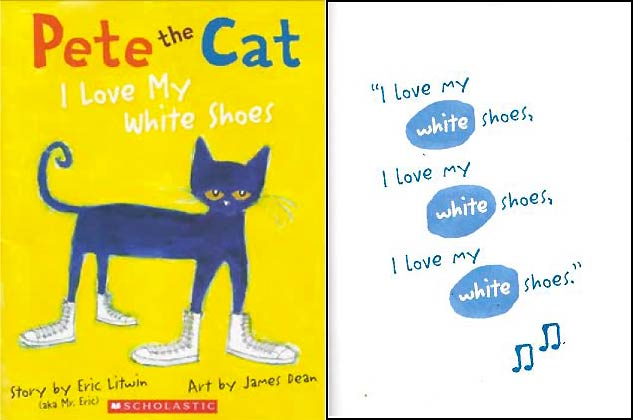
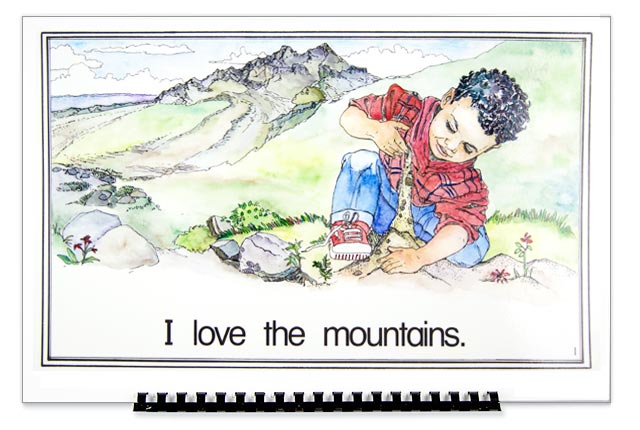
Successful Kindergarten Writers
Good kindergarten writers have fluency with two kinds of words. The first is by having a growing collection of writing-to-read “heart words”. We learn them “by heart.” Heart word sentences become the first circles of writing mastery. Next, they show success by words they spell phonetically, encoding sounds to print. Confidence with phonetic spelling allows students to fearlessly tackle any unknown word!
We systematically teach both kinds of words to build writing stamina and proficiency! Once students master “heart word” sentences, they have the memory space to apply phonics skills to tackle any new words.
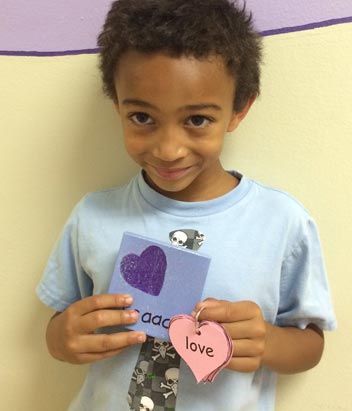
Reasons to Use Heart Words in Writing
- Families Are Partners in Teaching Writing-To-Read “Heart Words”
- Students practice each new set of “heart words” at home -and at school with multisensory teaching and learning.
- During distance learning, this student decided to re-create his school writing center-at home! Notice his pink and purple heart word posters.
- Mastery of “heart word” sentences and phonetic spelling builds engaged and purposeful young writers.
- A comprehensive, authentic approach to early writing produces amazing results! Students love to write and illustrate books!
Want to learn more about creating a culture of writing?
To learn more about kindergarten writing visit Nellie Edge YouTube Channel or visit the Nellie Edge Kindergarten TPT Store for fabulous kindergarten writing resources. Grab the Writing to Read Heart Word Curriculum and begin your journey of creating a culture of writing.


